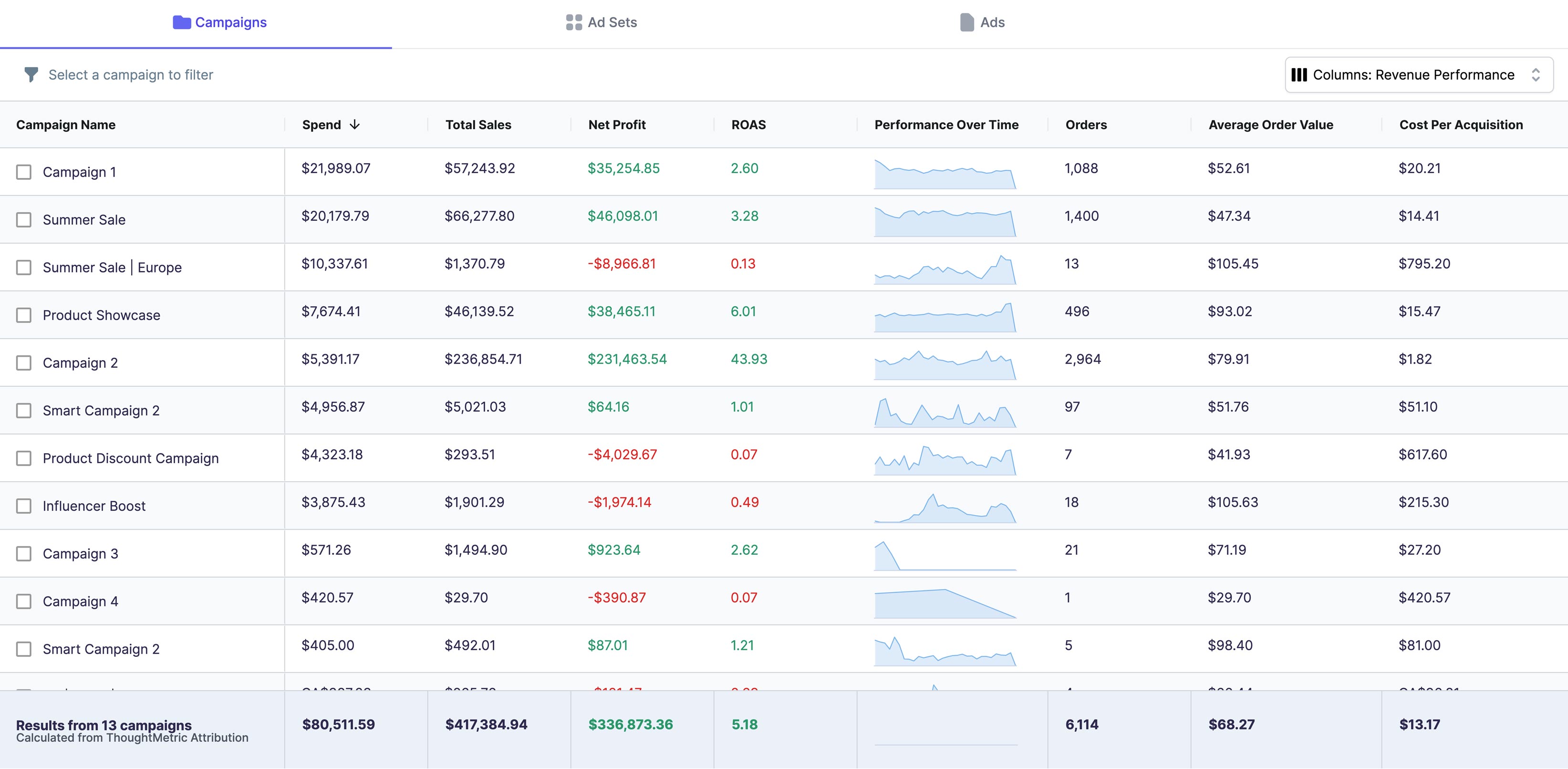Understanding UTM Parameters
UTM parameters are tags that marketers add to a URL to track where their site traffic is coming from. These tags are added to the end of the URL and are made up of a series of parameters and their corresponding values. UTM stands for Urchin Tracking Module, a web analytics software that Google acquired in 2005 and integrated into Google Analytics.
UTM parameters help you understand how your visitors are finding your website. By using UTM parameters, you can track the effectiveness of your marketing campaigns and gain valuable insights into your website traffic. UTM parameters allow you to see which campaigns and channels are bringing in the most traffic, which campaigns are performing well, and which ones need tweaking.
What are the Different Types of UTM Parameters?
Source
Medium
Campaign
Overall, UTM parameters are a powerful tool for tracking the effectiveness of your marketing campaigns. By using them, you can gain valuable insights into your website traffic and make data-driven decisions to improve your marketing efforts.
Setting Up Google Analytics for UTM Tracking
Google Analytics is a powerful tool that can help you understand your website's traffic and how users interact with your content. By setting up UTM tracking, you can gain even more insights into your audience and their behavior.
Creating a Google Analytics Account
Once you've signed in, you'll need to set up your account by entering some basic information about your website. This includes things like your website's name, URL, and industry. You'll also need to agree to the terms of service and select your data sharing preferences.
Installing Google Analytics on Your Website
It's important to note that different website builders may have different methods for installing Google Analytics. Some may have built-in integrations, while others may require you to manually add the tracking code. Make sure to consult your website builder's documentation for specific instructions.
Configuring Google Analytics Settings for UTM Tracking
To do this:
- Log in to your Google Analytics account and select the website you want to track.
- Click on 'Admin' in the bottom left-hand corner of your dashboard.
- Select 'Tracking Info' from the left-hand menu and click on 'Campaigns.'
- Toggle the 'Enable Campaigns' button on. This will allow you to track UTM parameters.
- Toggle the 'Enable the following campaign parameters' button on.
- Select 'Source,' 'Medium,' and 'Campaign' from the drop-down menus. These are the UTM parameters that you want to track.
- Click 'Save' to save your changes.
Once you've configured your settings, Google Analytics will start tracking UTM parameters for your website. You can view this data by going to the 'Acquisition' section of your dashboard and selecting 'Campaigns.'
By analyzing this data, you can gain valuable insights into your audience and their behavior. This can help you make informed decisions about your website's content, marketing strategies, and more.
Creating UTM Links for Your Campaigns
Using Google's Campaign URL Builder
- Enter the URL of the webpage that you want to link to.
- Add your UTM parameters: Source, Medium, and Campaign.
- Click 'Generate URL.'
- Copy the generated URL and use it as your campaign URL.
Best Practices for UTM Naming Conventions
- Use lowercase letters
- Use dashes instead of spaces
- Be consistent
Examples of UTM Links for Different Marketing Channels
- Social Media: https://www.example.com/?utm_source=facebook&utm_medium=social&utm_campaign=spring_sale
- Email Marketing: https://www.example.com/?utm_source=newsletter&utm_medium=email&utm_campaign=summer_promotions
- Pay-Per-Click Advertising: https://www.example.com/?utm_source=google&utm_medium=cpc&utm_campaign=fall_campaign
Analyzing UTM Data in Google Analytics
Navigating to the Acquisition Reports
- Log in to your Google Analytics account and select the website you want to track.
- Click on 'Acquisition' in the left-hand menu.
Understanding the Source, Medium, and Campaign Metrics
- Source: The website or platform that brought the user to your website, such as Google, Facebook, or Twitter.
- Medium: The type of medium that brought the user to your website, such as organic search, referral, or social media.
- Campaign: The campaign that brought the user to your website, such as a specific email campaign or pay-per-click advertising.
Advanced Segmentation and Filtering of UTM Data
- Segment by Source, Medium, or Campaign
- Create a custom report with UTM parameters
- Use cohort analysis to see how different campaigns perform over time





